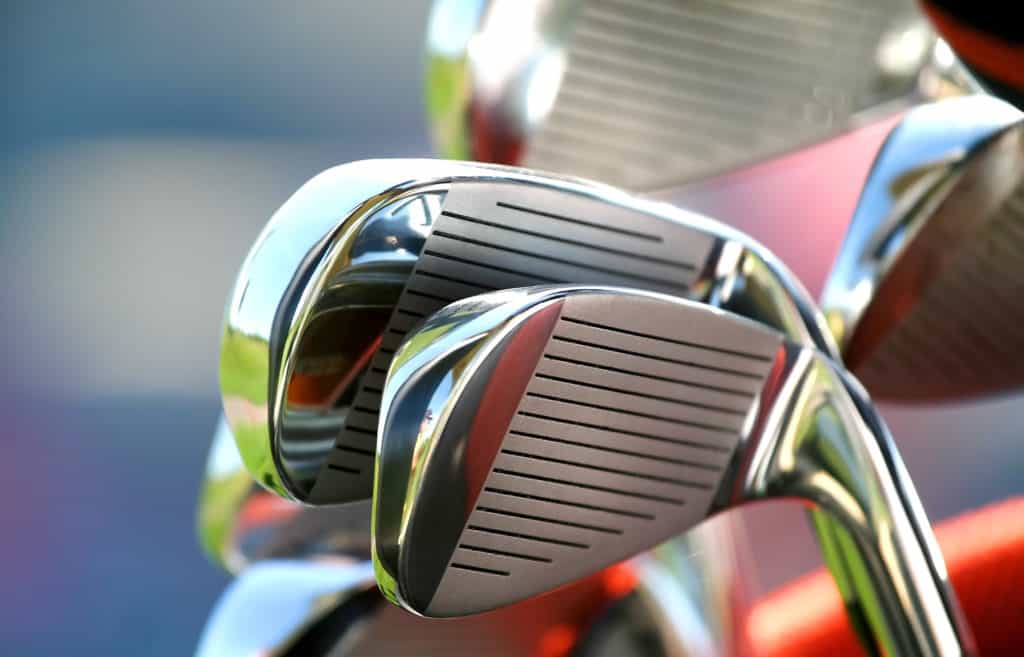
Recent advancement in technology in golf has players moving away from long irons.
Long irons can be great because of the distance they provide when hit well, but the problem is that they are hard to hit.
If you have ever wondered why golf gets so much more challenging when you hit golf clubs longer than a seven iron, we have some answers for you.
There are several essential reasons long irons are hard to hit.
Knowing and understanding these reasons can help your golf game considerably.
Why Are Long Irons Hard to Hit?
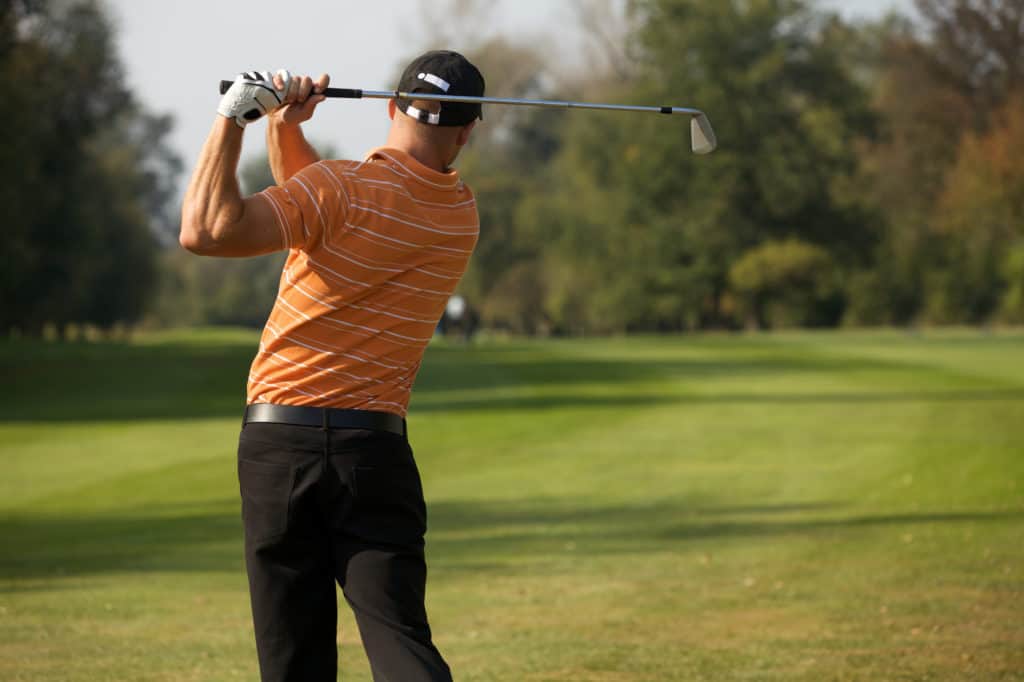
There are several reasons long irons are some of the most challenging golf clubs in the bag to hit.
We will address each reason and give you some tips to make things easier on your long game.
1. Long Irons Are Long
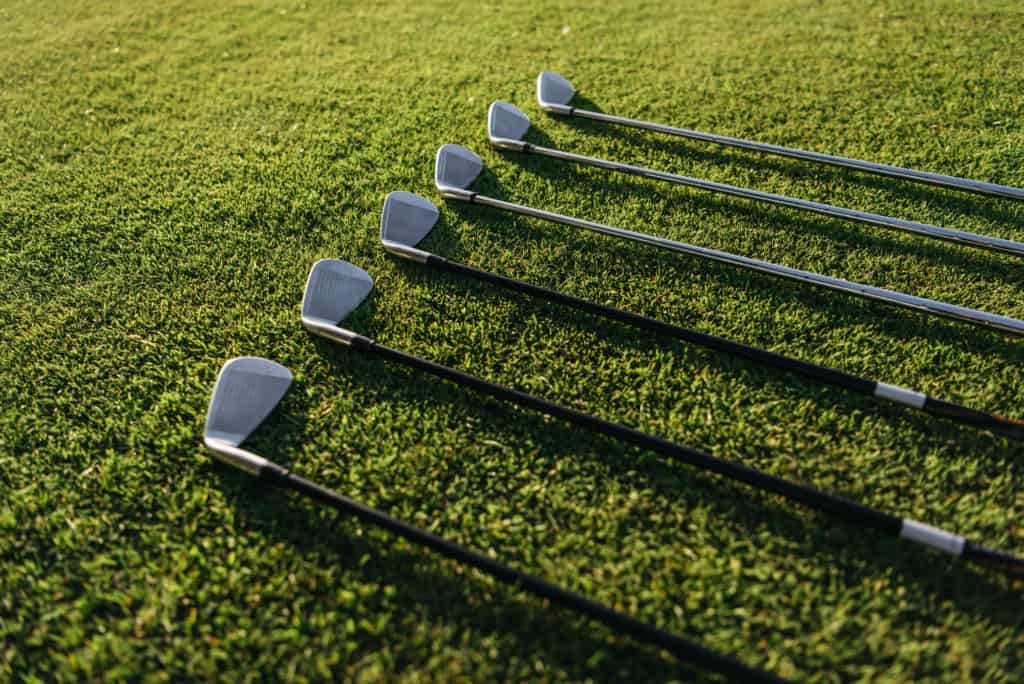
The first and most prominent reason why long irons are hard to hit is that they are long.
When you compare a four iron with a nine iron, you will notice a significant difference in the length of each golf club.
When a golf club is longer, it is going to require more effort on the part of a golfer to swing the golf club.
Some people have been finding they are having much more luck with their long irons by using a one-length set of irons.
With a one-length set, the four iron is the same length as your seven iron.
This helps golfers feel as though they have much more control over these low-lofted clubs, simply because they are shorter than standard.
If you are new to golf, it is going to feel very difficult to have a long club like a three or four iron in your hands because your swing mechanics will change.
You will need to stand further from the ball and adjust your ball position as well.
Having to make these types of adjustments is hard to figure out and leaves most players unprepared to hit great golf shots with their long irons.
2. Long Irons Have Low Loft
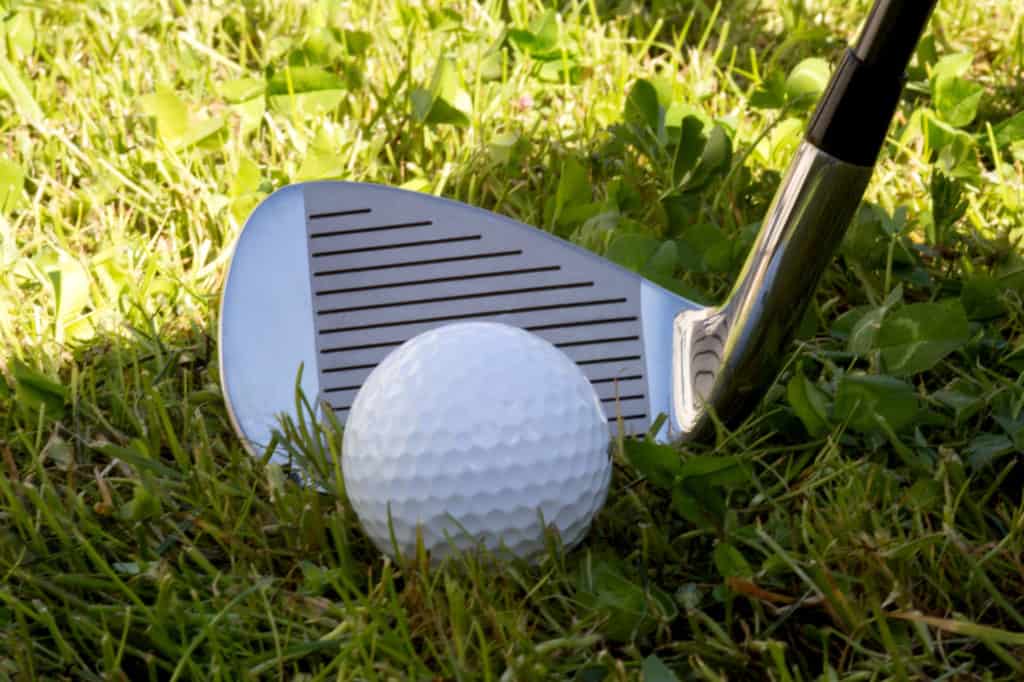
If you are hitting a three, four, or five iron, you are not going to be working with very much loft.
In the game of golf, the lower the loft is on a golf club, the more difficult it is to hit.
Loft helps players get the ball in the air, and it helps control spin as well.
Since the long irons are low-lofted, some golfers will end up manipulating their swings to help get the ball up in the air.
This will lead to poor swing mechanics, and generally, the shots won’t get up in the air the way a player wants them to.
The lower loft also makes the golf club produce some more sidespin at times.
You will notice that, if you miss your nine iron, you may be dealing with a few yards left or right of your target.
If you miss your longer irons, the misses are going to be more extreme.
Instead of missing the green by just a few yards, you may end up missing by twenty or thirty yards.
3. Long Irons Require Fast Clubhead Speed
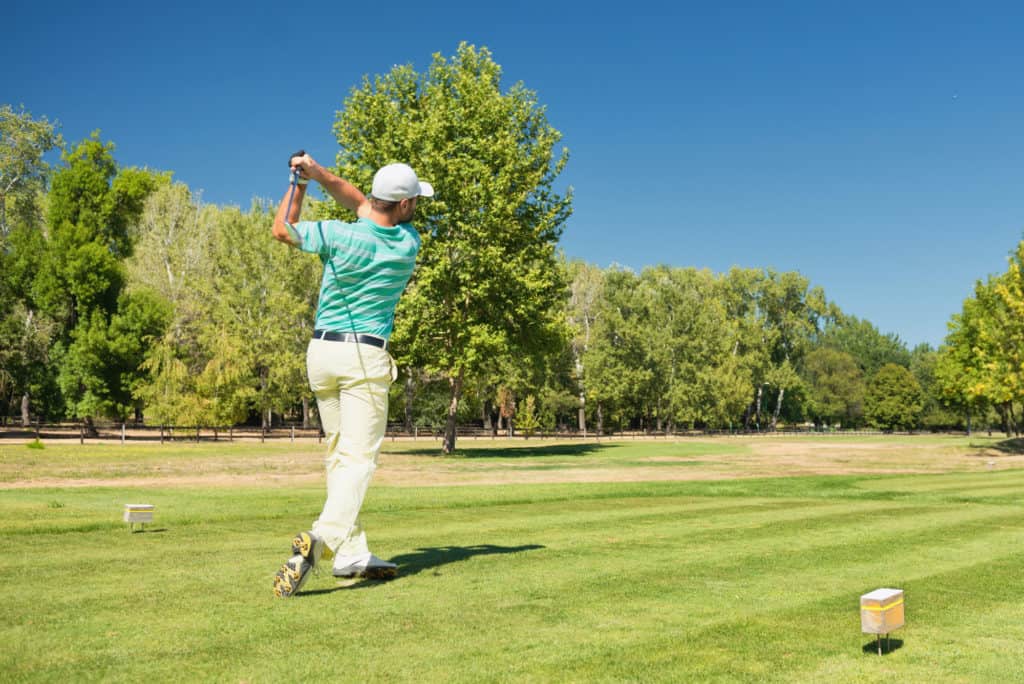
Since you are swinging a lower lofted and longer golf club, you need more clubhead speed to hit the ball solidly.
This is why you will notice that professional golfers have no trouble hitting a three-iron.
They swing the club so fast that they can cleanly pick the ball from the fairway even with a long club in their hand.
For golfers who are swinging with a senior or regular flex shaft, chances are they don’t have the swing speed to hit these long irons solidly.
These are the players who should be using hybrids as a replacement for the long iron.
Although the hybrid is still a long club and it is low-lofted, the overall weight of the club is usually much lighter.
Between the lighter weight and the more forgiving club head, you will get much better results with the hybrid.
Trying to swing the club faster just to hit the long iron solidly is a bad habit to get into.
4. Golfers Try to Hit Long Irons Harder
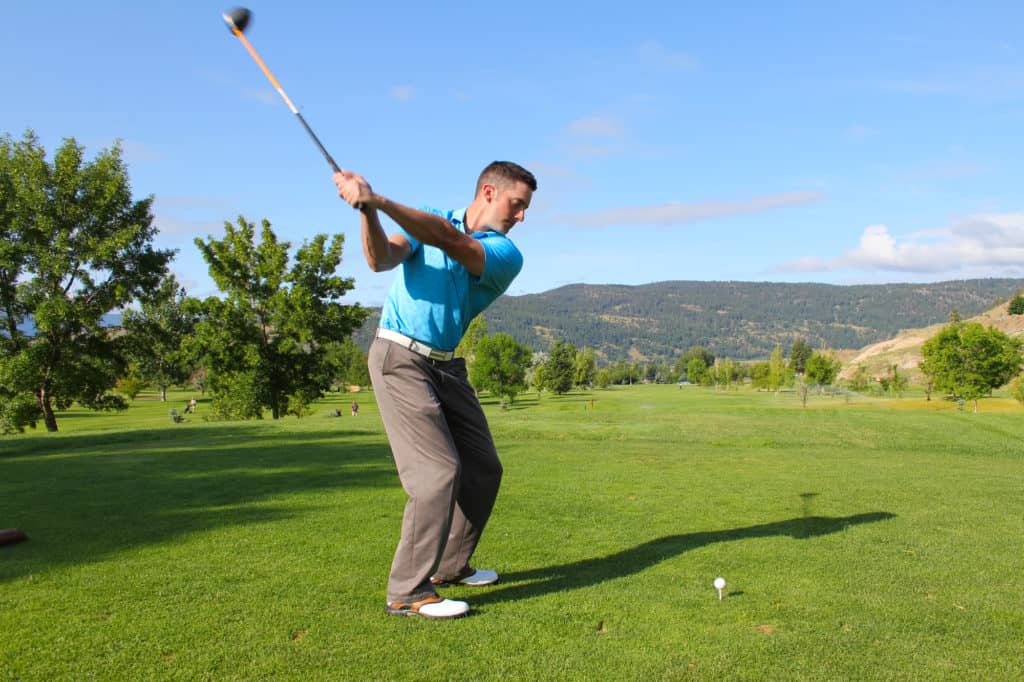
This reason long irons are so hard to hit is based on a few of the things we discussed earlier in our guide.
When a golfer gets a long iron in their hand, they tend to try and swing much harder.
We all know how much of a mental game golf is.
When you are standing over a long iron shot and you start thinking about that small sweet spot, the distance between you and the ball, and the stiffness of the shaft, you start swinging harder.
When golfers swing harder, chances are their mistakes are going to be amplified.
It’s hard to keep your timing and tempo accurate when you try and force a fast swing on a golf club in your bag.
Most of the time, you will want to keep things relatively consistent from one golf club to the next.
Sometimes you will see great players who end up hitting well behind the ball on a long iron shot.
This is mostly because they are trying too hard to complete this shot.
5. Long Irons Can Require More of a Turn/More Body Movement

Have you ever noticed your swing feels bigger with a driver in your hand as compared to a short iron or wedge?
The swing feels bigger because the club is longer, and it requires you to turn your body more.
If you try and take a simple half or three-quarter swing with the long iron, you won’t always be able to square up the clubface.
With these clubs, you are going to have to make sure you take a complete shoulder turn.
You will need the rotation in your backswing to get the club to the parallel position at the top.
You will also need to complete this turn and finish high to get the full distance and performance out of your long iron shot.
For golfers who don’t trust their swing and don’t feel as though it can be repeated from one swing to the next, this can be difficult.
Larger golf swings open up the room for more error in your golf swing.
The further the golf club face is away from you, the harder it is to control.
This is why senior golfers, in particular, struggle with the long irons.
As we age, rotating our bodies becomes more difficult.
For the senior golfer, having to take a very large swing to accommodate the length and loft of the long iron is not feasible.
6. Long Irons Are Designed for Lower Handicap Golfers
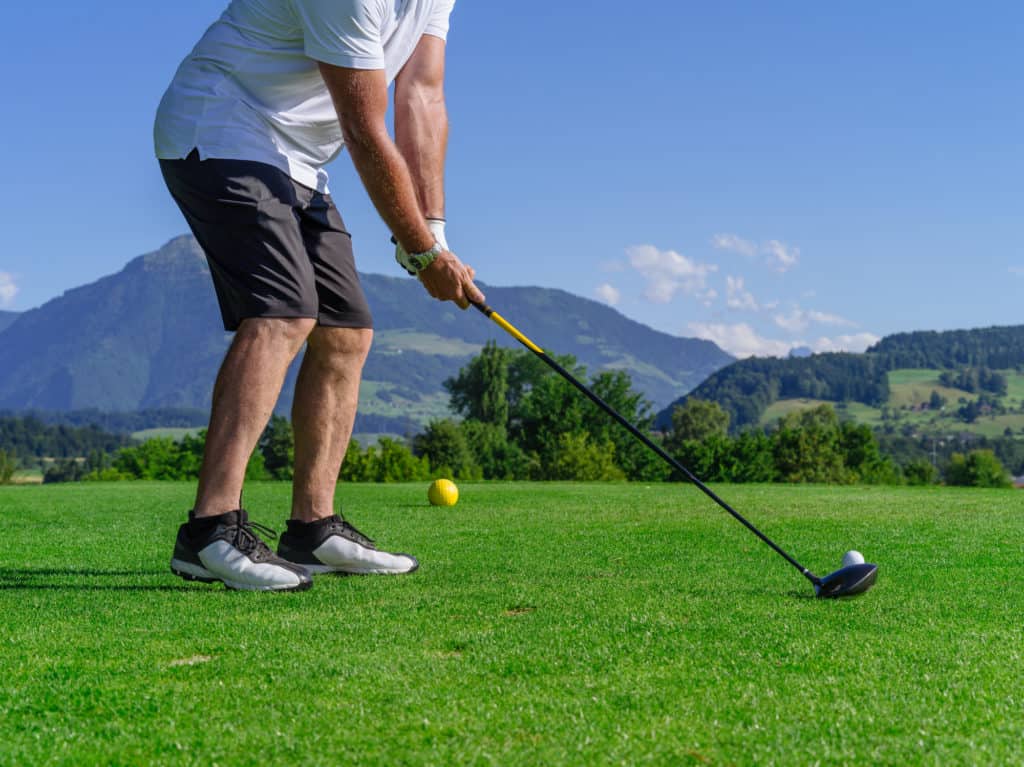
This next reason is more of a recent problem.
Golf manufacturers that make game improvement irons have stopped producing three irons and sometimes even four irons.
They know the majority of players are going to use hybrids, so the long irons are not a smart investment for the company as a whole.
This will narrow the choices a player has when it comes to selecting new golf irons.
Players’ blade and forged style irons are almost always offered with the three and four iron as part of the set.
This is because the lower handicap golfers usually have faster swing speeds and more precise swings.
They can get the speed and consistency they need for it to make sense to carry these clubs in the bag.
For a 15 or 20 handicap to try and find a long iron to place in their bag, they are sometimes going to be forced to choose a more challenging to hit players’ iron.
When you purchase your golf irons, try to seriously consider whether it makes sense to have those long irons in the bag.
7. Delofting of Golf Clubs
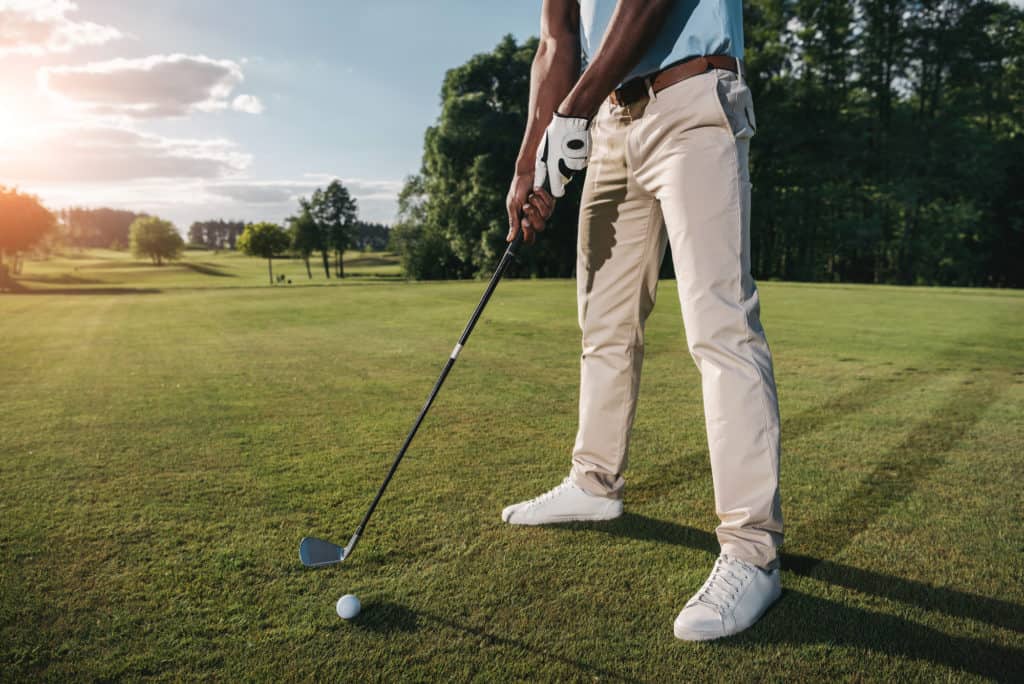
This is a common debate and source of conflict in the golf industry at this point.
Years ago, a pitching wedge had about 46 degrees of loft.
Today, many pitching wedges are 42 or 43 degrees of loft.
Golfers think they hit the ball further, but they are just swinging what used to be considered a nine iron.
The delofting works because of advancements in technology where the center of gravity has been lowered.
This allows golfers to still get the proper ball flight on their shots even though the club they are using has less loft in it.
How has this affected long irons?
Since all of the golf clubs in the bag are having their lofts lowered by a few degrees, so are the long irons.
What used to be a four iron is now a modern five iron.
This, of course, means your long irons have even less loft than they did years ago.
One of our primary reasons a long iron is so hard to hit is it has a very low loft.
When you purchase a set of irons, pay attention to the lofts of all of the clubs.
If the lofts are very low on the four and five irons, consider adding hybrids instead.
What Club Is the Hardest to Hit?
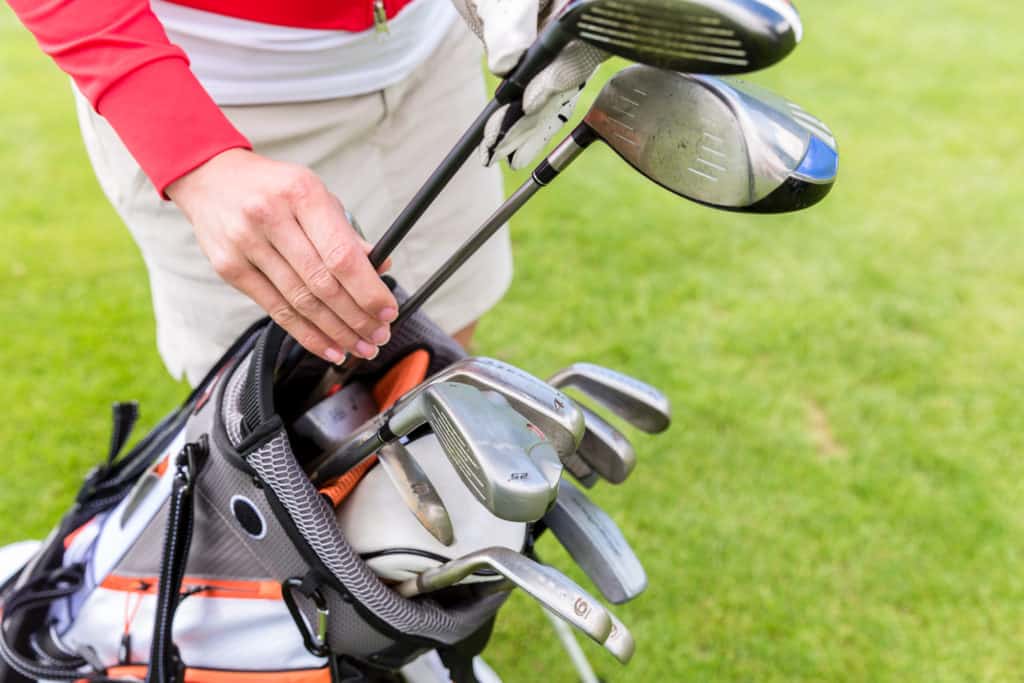
Many golfers will agree that long irons are the hardest clubs to hit.
They offer very little forgiveness and require quite a bit of skill to hit well.
As far as which long iron is the hardest, most would agree that the three iron is.
As we mentioned, not very many companies are still making three irons because most golfers realize they are not the best fit for their game.
What Can I Use Instead of Long Irons?

If you realize your game is not quite cut out to hit long irons, then the hybrid is a much better choice.
Hybrid golf clubs are great, not just out of the fairway but out of the rough as well.
Long irons are tough to hit out of the rough because they have a very thin face profile.
You will need lots of strength to get a long iron out of a tough lie in the rough.
With a hybrid, you can hit out of almost any lie and find success.
How to Get More Consistent with Long Irons
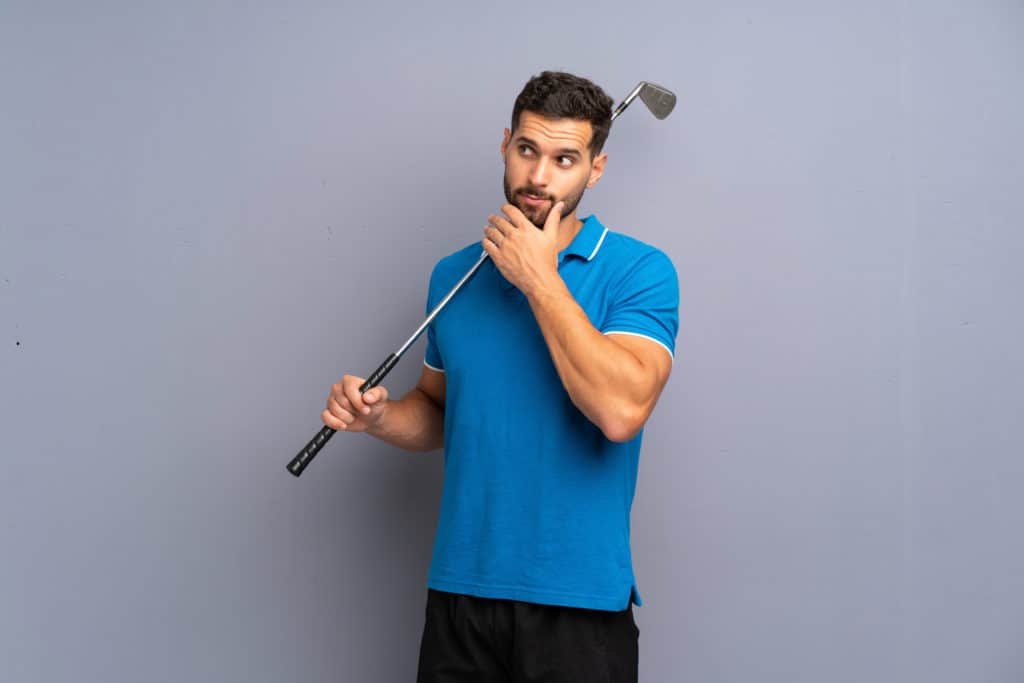
If you want to keep your long irons in your golf bag, then you will have to practice hitting them.
Many golfers practice their wedges and their driver at the driving range, but long irons need lots of practice as well.
One of the best ways to get more consistent with long irons is to make sure your setup and stance is perfect each time you swing.
With a long iron, the ball is going to be placed further up in your stance.
You will have to stand slightly further away from the golf ball to accommodate the length of the golf club.
Once you have your stance set up correctly, you should consider taking a large but powerful turn.
Don’t try and swing harder or faster, but simply turn properly and complete your swing.
Your chance of success will be much greater if you can accomplish this.
What Is the Difference Between a Utility Club and a Long Iron?

Utility irons are getting more and more popular in the world of golf.
The utility iron is a long iron that has a bit of a wider sole and can be easier to launch than the long iron.
Utility irons still have very low lofts just like the long irons in the bag.
These were sometimes called driving irons in the past as they are meant to stay low and beneath the wind.
If you struggle with long irons but like the iron more than a hybrid, you may want to look into adding a utility club to your golf bag.



Leave a Reply